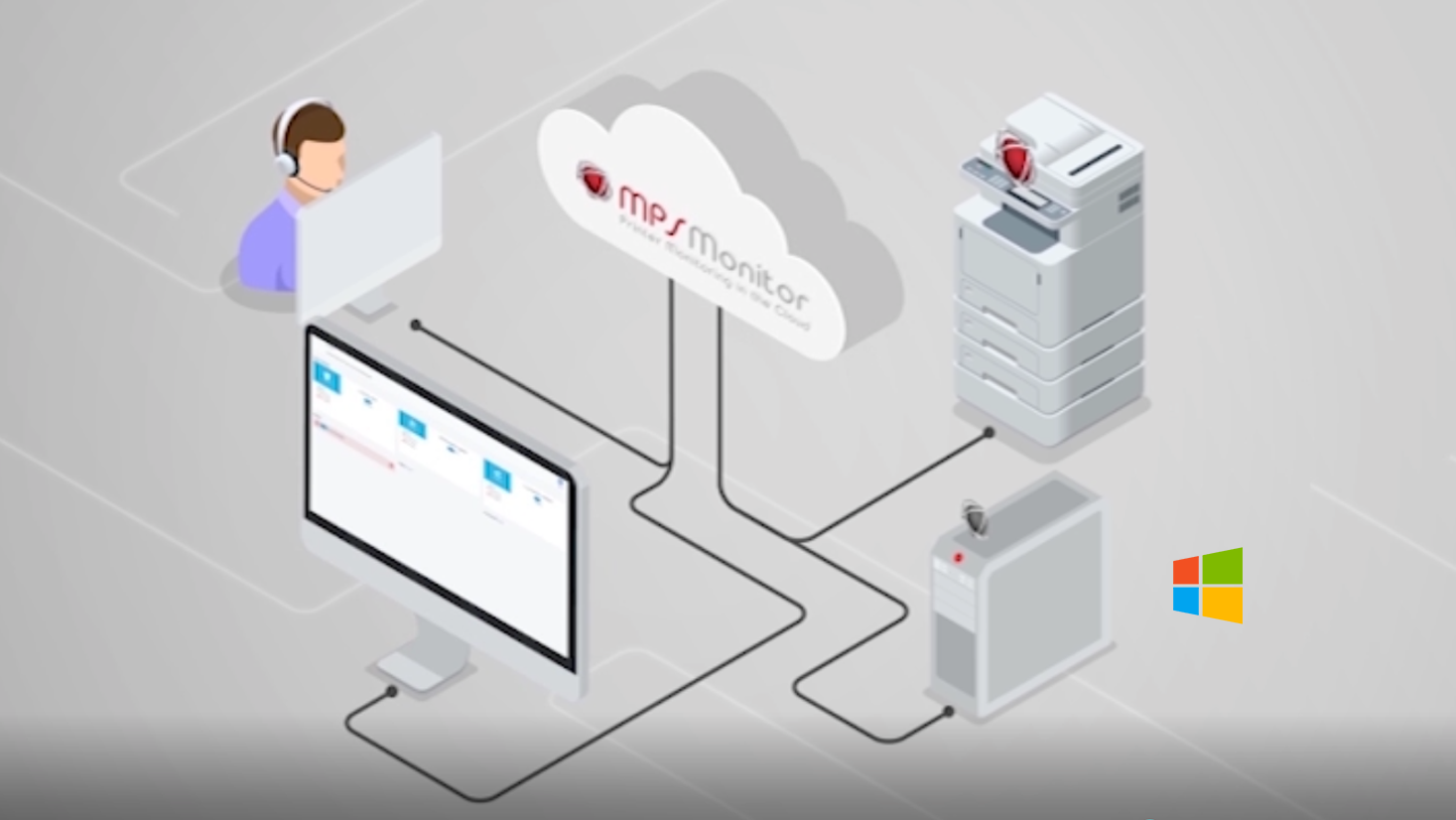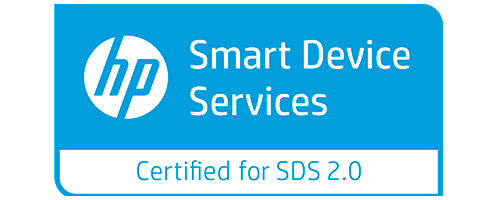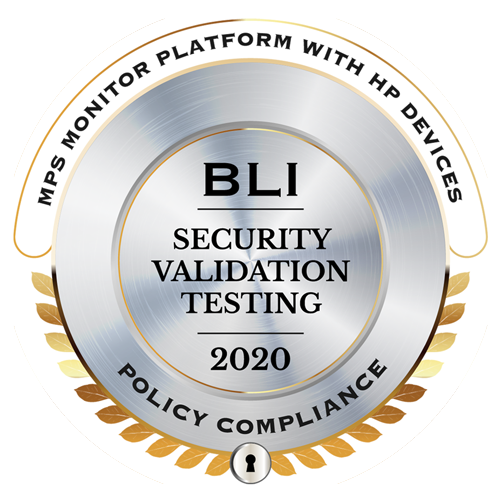Data collection via Data Collection Agent (DCA) in Cluster
One of the main problems of any remote monitoring system is the large number of Data Collection Agents that suddenly stop sending data, effectively interrupting the monitoring itself and compromising the efficiency of the services that rely on it. This is due to the fact that, in many cases, the Data Collection Agent is installed on a single Windows PC in the customer’s network. These PCs, as known, are easily subject to shutdowns, network disconnections, reinstallations/configurations, and other events that prevent the DCA from working properly. In fact, they foil many of the benefits that the Dealer can get from using an efficient and constantly active monitoring system.
In all cases where it is not possible to install more than one DCA per customer, blocking the data flow almost always involves manually reinstalling the DCA on another PC and manually reconfiguring the system to restart the data reading.
MPS Monitor 2.0 solves this problem definitively. It allows the installation of any number of DCA on various PCs, Mac or Linux systems, or even on the same printers, within the network of a single client.
The various DCA installed in the customer’s network are then aggregated in a DCA Cluster, which allows total redundancy and therefore the continuity of data collection without any user intervention, even when the main DCA stops working.

How the Data Collection Agent Cluster works
To create a DCA Cluster, the Dealer must ensure that within the same network of a customer there are two or more DCA installed and communicating with the MPS Monitor system.
DCAs can be of the same type (e.g. all Windows or all Embedded) or they can be of different types (e.g. one or more DCA Windows one or more DCA Linux and one or more Embedded). There are no limitations of any kind on the ability to combine different DCAs in the same cluster.
To create a Cluster, the following conditions must be met:
- There must be at least two or more active DCAs on the same network within the customer
- Only one of these DCAs has an associated Configuration, while the others have no associated Configuration
Under these conditions, the Dealer can perform the following steps within the Customer’s Connectors section of the MPS Monitor Portal:
- Create a new Cluster
- Define a DCA Master, i.e. the one that performs the associated configuration
- Define one or more DCA Slaves, i.e. those that do not have an associated configuration, and that are waiting to take action when the Master stops working
Once the Cluster is created, customer data collection will take place permanently and without interruption until at least one of the DCAs is active and functioning.
In fact, if the DCA Master is blocked (for example, because the PC is switched off or disconnected), one of the Slaves will take over within 24 hours, automatically taking possession of the associated configuration and transforming itself into a Master. Data collection will continue without any further interruption and without any manual intervention by either the customer or the dealer.
If the previous Master should start to work again (for example because the PC has been restarted after a few days of downtime), the DCA that was previously defined as Master will be added to the Cluster as Slave, so as to continue to ensure the functionality of data collection even in the event of downtime of the current Master.
We therefore recommend that you always perform two or more DCA installations on each customer, and aggregate the DCA within a Cluster, to minimize the cases of interruption of data collection due to downtime in the operation of the PCs and DCAs installed on them.
Try MPS Monitor for free on your fleet
MPS MONITOR IS A PARTNER OF
CERTIFICATIONS


















